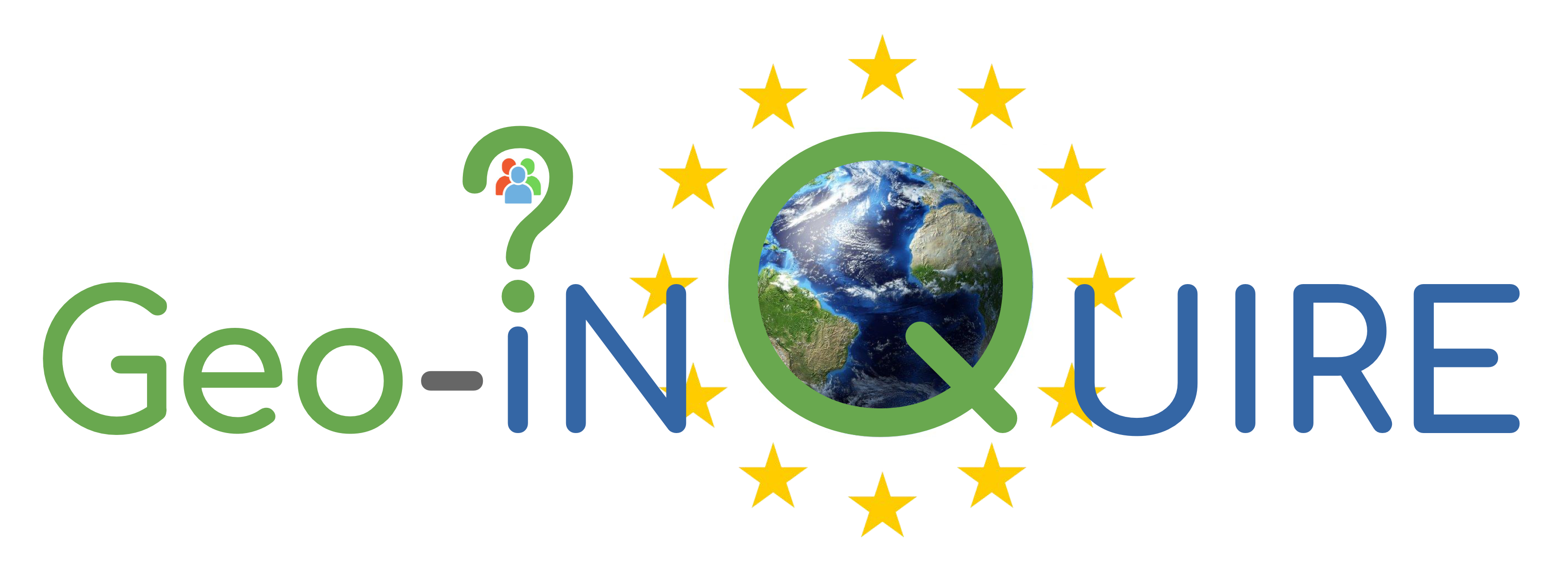HySEA - Earthquake and landslide generated tsunami simulations (TA2-531-3)
This installation is not available during the fourth Geo-INQUIRE Transnational Access Call.
1. Hosting Institution
Physical and remote: Universidad de Málaga (UMA), Spain.
Remote and HPC resources: Consorzio Interuniversitario (CINECA), Italy
2. Description
Ch-HySEA is the numerical model of the HySEA family specifically designed for earthquake and landslide generated tsunami simulations. It combines robustness, reliability and good accuracy in a model based on a multi-GPU faster than real time (FTRT) implementation. Ch-HySEA model implements the generation, propagation, and coastal inundation tsunami phases.
Ch-HySEA service provides earthquake and landslide generated tsunami simulations at global, regional or local levels.
TA Access to the Ch-HySEA numerical model will consist of on-site (online with live support also available) training for a limited set of selected users. The support to the user includes co-design of the experiment (pre-processing tools), computational resources, and assistance for all phases during the usage of the service including the use of several post-processing tools.
3. Services offered
Potential projects could use different capabilities of Ch-HySEA, dealing with sensitivity analysis studies, hazard assessment, generation of inundation maps, simulation of test-cases, analysis of the role of initial conditions in model results, including time-dependent initial conditions, scalability studies, large problems requiring multi-GPU implementation, high-resolution simulations requiring nested grids, etc.
For the TA we will offer initial training in combination with several weeks of hands-on support and resources to spin up new applications and use cases after the training.
The introduction to the numerical tool will be done with prepared examples, but applicants should provide the bathymetric and topographic data for the site of interest for their project and the Okada description of the seismic sources to be simulated within the project.
4. Modality of access
- A maximum of 1 access of 2 weeks of in-person plus 2 weeks of remote access to UMA. TA grants will cover the costs for travel and subsistence.
- Access, in total, to maximum 3 million core-hours computing time on the Leonardo supercomputer at CINECA and 0.5 weeks of remote support.
Concerning point 2, remote support and access to in-kind computer resources at the hosting institution is also possible, where available and technically meaningful.
5. Support
Personalized training and support for the definition of the scientific problem, settings of the simulation cases, HPC run of data analysis and elaborations, dissemination of products (e.g., scientific reports, papers), uptake of the simulation results on the Simulation Data Lake at CINECA. HPC budget is offered to perform the simulations.
6. Additional information
Target community/Users:
Academic and Research community, Hazard Practitioners.
Community Standards:
netCDF
More information:
- Tsunami-HySEA: https://zenodo.org/record/6400815#.ZBHcPfbMJmM
- DOI: https://doi.org/10.5281/zenodo.6400814
- Landslide-HySEA: https://zenodo.org/record/6400825#.ZBHcuvbMJmM
- DOI: https://doi.org/10.5281/zenodo.6400824
7. Contact person
Jorge Macías Sánchez (jmaciasuma.es)
